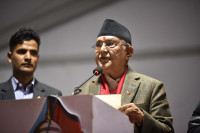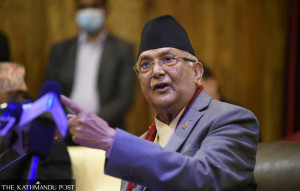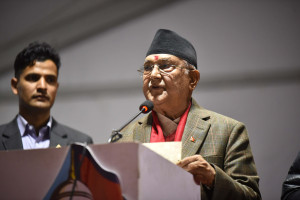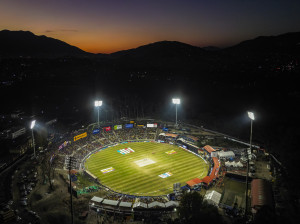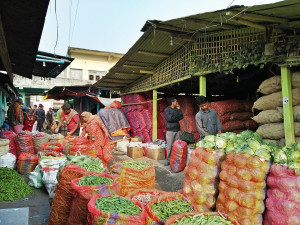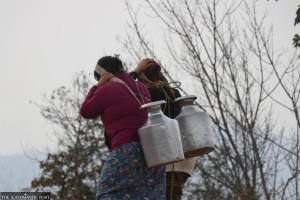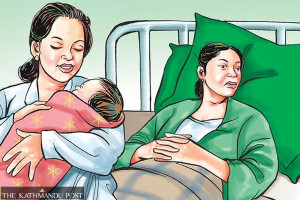Editorial
Parenting in digital age
Negative impacts of social media are less about children’s actions and more about lack of oversight.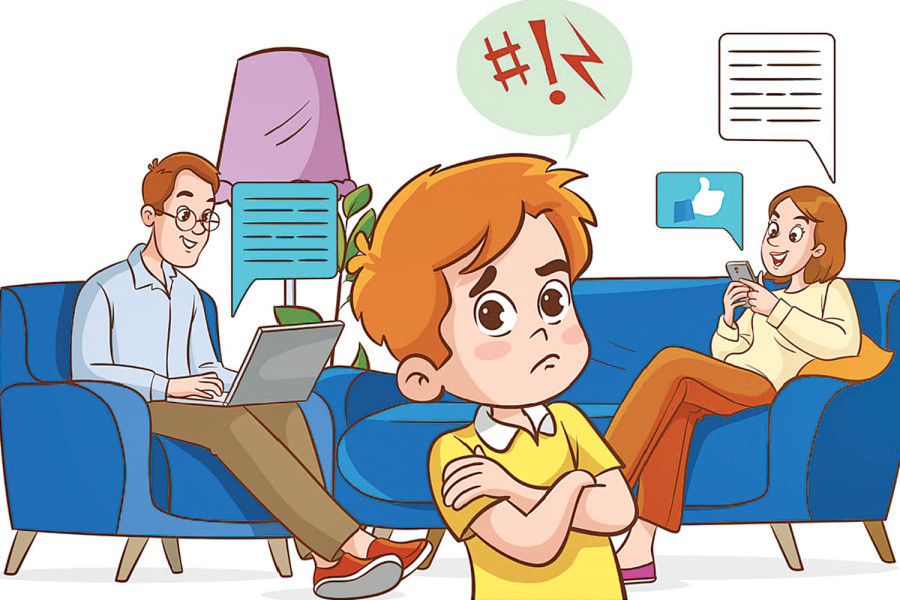
Growing up with the world at their fingertips, children have become so tech-savvy that older folks now depend on them for many digital tasks. These children learn to spout digital lingo before they even know how to communicate properly in real life. Yet all is not well. They may be digitally fluent, but that doesn’t mean they understand the risks lurking online or have the maturity to navigate them responsibly. The internet is filled with content of all sorts: while some can foster learning in children, others may harm their well-being. In countries like Nepal with low levels of adult digital literacy, young minds have to navigate this dichotomy of content alone.
According to a report by The Guardian, each year, more than 300 million children worldwide become victims of online sexual exploitation and abuse. Cyber abuse cases in Nepali children have seen an almost fourfold increase in just three years, from 176 to 706. Such figures call for the active role of parents in protecting children from online harassment. However, a recent mixed media study of 900 parents by ChildSafeNet revealed that 70 percent weren’t aware of the cause of online abuse among children.
Many parents assume their children are secure at home and don’t hesitate to hand them phones. Today, threats don’t always come from the outside world. The child who never steps outside and pretends to be studying at home may be suffering from intimate partner violence online. Further, many parents allow children to use their social media accounts. But social media feeds and the internet algorithms of their accounts do not work differently with a seven-year-old user. What parents consider interesting might be inappropriate for their children.
Similarly, some parents are eager to share their life, including their children’s, online. While they may have good intentions, “sharenting” creates digital footprints of children even before they are aware of it. This is also a violation of children’s rights. Moreover, in our societies where parents use fear to discipline their children, many parents try to control their children’s behaviour online. In response, young people may make fake profiles or maintain multiple accounts.
Recognising the difficulty the parents face in protecting children from the harms of the digital world, many countries are turning to unprecedented legal mechanisms. Last year, the Australian parliament passed a law prohibiting anyone under 16 from having accounts on social media platforms. In the United States, a Florida law mandating platforms to confirm users are over 14—and that 14- and 15-year-olds have parental consent—has been challenged in the court. While such laws may seem effective, people can easily try to manipulate their age on online platforms. Submitting an identity card might help, but that means losing one’s right to privacy and anonymity.
Ultimately, it all boils down to parents’ digital literacy and adoption of the right approach when guiding their children in the online world. Just as children are taught about good and bad touch, parents and teachers must also educate them on the risks of the online world and foster open communication. They must offer a conducive environment for children to seek help. Digital literacy and parenting in the online age must become a central focus of state policy. Parenting programmes of Nepal government like the ‘Parenting Education National Package’ need to be revised to address digital safety and parental guidance in the digital space. It is important for the parents to acknowledge that negative impacts of social media are less about the children’s actions and more about the lack of proper support and oversight.




 18.12°C Kathmandu
18.12°C Kathmandu

